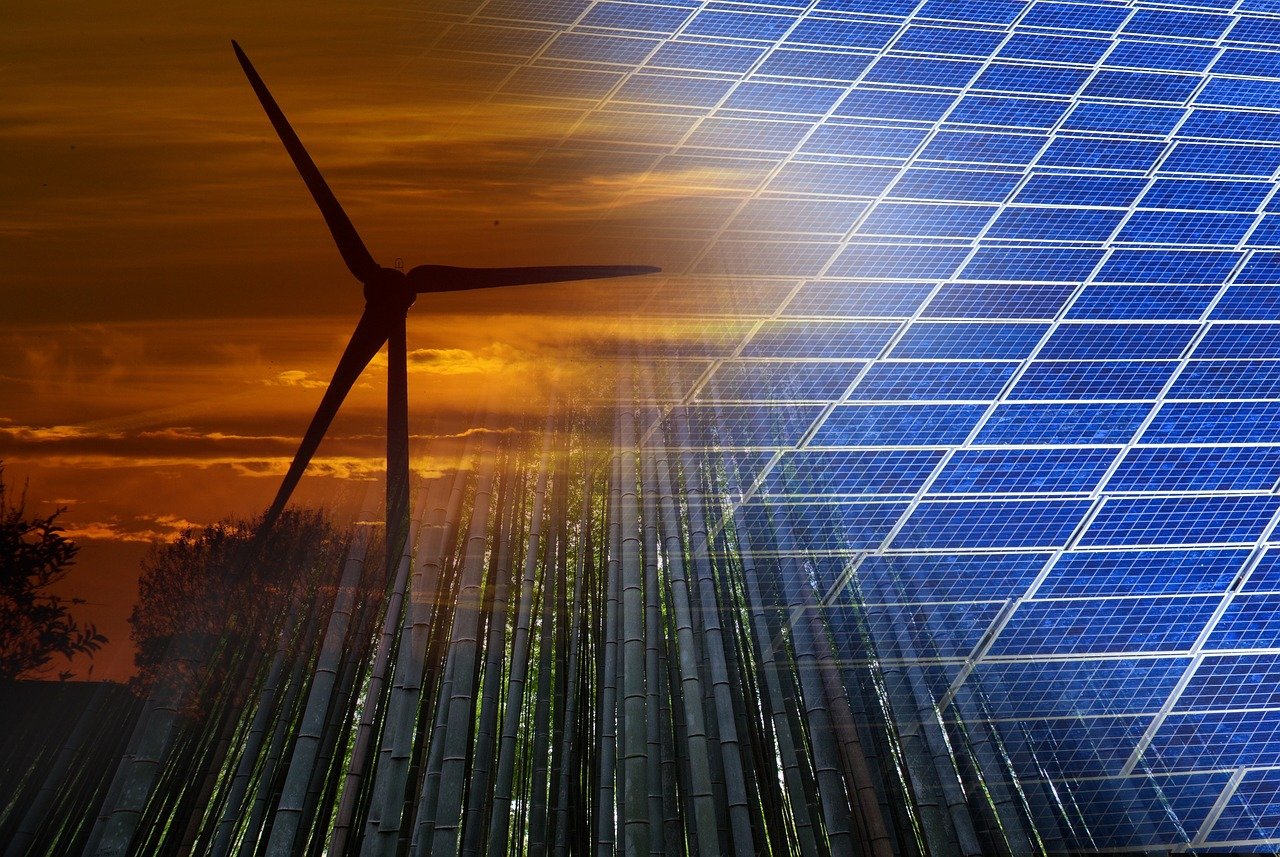Denmark takes first steps towards green hydrogen economy
Danish lawmakers agreed subsidies worth 1.25 billion Danish crowns ($184.83 million) through one tender aimed at supporting production and making green hydrogen more commercially viable. "We have had an economy which has been based primarily on oil but in the future it will be based on hydrogen," climate and energy minister Dan Jorgensen said.

- Country:
- Denmark
Denmark on Tuesday pledged to build up to six gigawatts (GW) of electrolysis capacity to convert renewable power into green hydrogen as it looks to wean itself off fossil fuels and boost its energy security.
Hydrogen is categorised 'green' when it is made with renewable power and is seen as key to help decarbonise industry, though the technology remains immature and costly. Danish lawmakers agreed subsidies worth 1.25 billion Danish crowns ($184.83 million) through one tender aimed at supporting production and making green hydrogen more commercially viable.
"We have had an economy which has been based primarily on oil but in the future it will be based on hydrogen," climate and energy minister Dan Jorgensen said. "This will help us to become independent of fossil fuels," he said, adding that he had reason to expect a faster approval of the state aid from the European Union given the war in Ukraine.
The EU is currently struggling to wean itself off Russian gas, oil and other commodities. Denmark's target hinges on massive development of solar and wind energy but Jorgensen declined to say if the new agreement would trigger new renewable tenders and referred to political negotiations due later this year.
Electrolysis uses electricity to split water into oxygen and hydrogen which can then be used directly for industrial purposes or as a fuel for heavy road transportation or aviation, which are difficult to electrify with batteries. The EU targets six GW electrolysis capacity by 2024 and 40 GW by 2030. Only around 0.3 GW of production capacity from electrolysers exists today, data from the International Energy Agency (IEA) show. ($1 = 6.7628 Danish crowns)
(This story has not been edited by Devdiscourse staff and is auto-generated from a syndicated feed.)
- READ MORE ON:
- Russian
- Denmark
- International Energy Agency
- Ukraine
- Danish
- European Union










